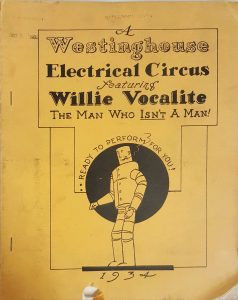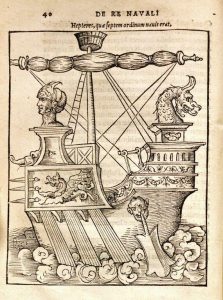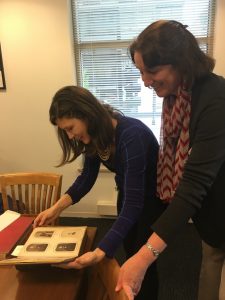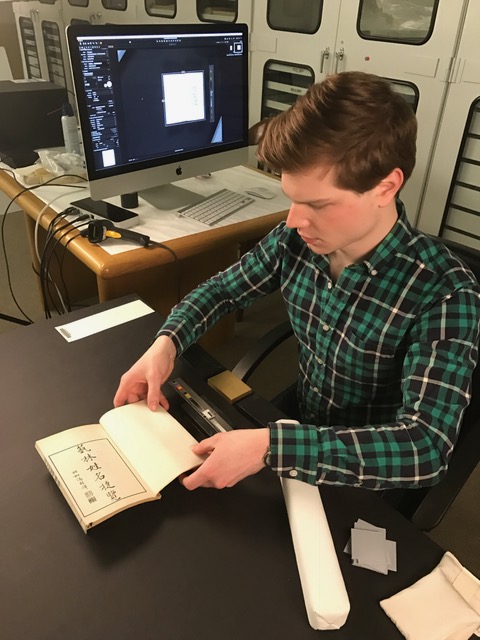This post was written by Tracee Haupt, an intern at the National Museum of American History Library. Tracee is a graduate student in the University of Maryland’s dual-degree master’s program for History and Library Science.
 At six and a half feet tall and three hundred and fifty pounds, Willie Vocalite was an imposing figure. “The Man Who Isn’t a Man,” as a 1934 booklet uncovered in our Trade Literature Collection described him, was barrel-chested with gleaming red eyes and a friendly expression. He was often pictured with a cigarette hanging jauntily from his lips, and later in his career he adopted a fashionable mustache that gave him the cavalier look of a 1930s movie star. Willie was a star of sorts–beginning in 1931, his act toured America from coast to coast drawing hundreds of thousands of spectators eager to see the “world famous robot” who could move, talk, and respond to voice commands.
At six and a half feet tall and three hundred and fifty pounds, Willie Vocalite was an imposing figure. “The Man Who Isn’t a Man,” as a 1934 booklet uncovered in our Trade Literature Collection described him, was barrel-chested with gleaming red eyes and a friendly expression. He was often pictured with a cigarette hanging jauntily from his lips, and later in his career he adopted a fashionable mustache that gave him the cavalier look of a 1930s movie star. Willie was a star of sorts–beginning in 1931, his act toured America from coast to coast drawing hundreds of thousands of spectators eager to see the “world famous robot” who could move, talk, and respond to voice commands.





